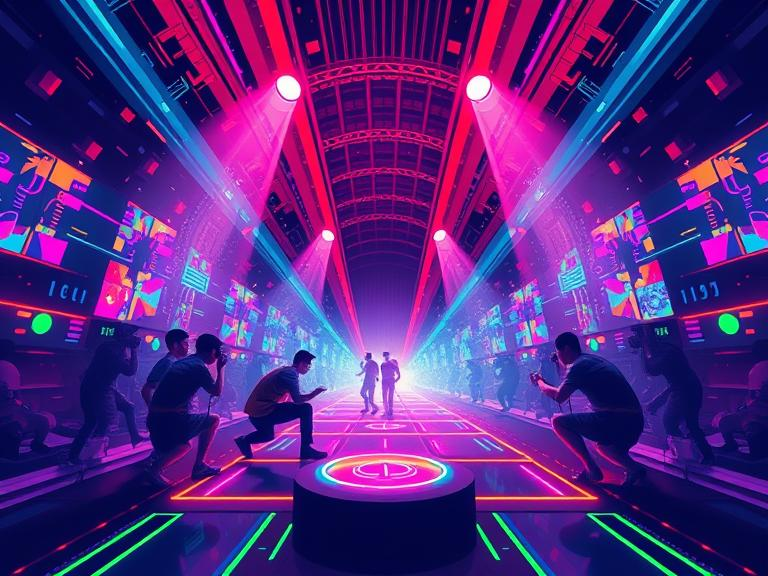In competitive games, sound design is more than just atmosphere—it’s a strategic tool. Audio cues inform positioning, timing, and decision-making. Players who learn to listen gain a tactical edge, often reacting faster than those relying on visuals alone.
In Counter-Strike 2, sound is as important as aim. Footsteps reveal movement direction and speed. Jumping, reloading, scoping in—all produce distinct sounds. Skilled players use these cues to plan ambushes, rotate, or fake actions. Headsets become essential equipment.
Valorant builds on this with vertical sound design. Differentiating between stairs, vents, or mid-level platforms helps players understand not just where enemies are—but how they’re approaching. Walking silently or masking movement behind noise becomes part of the mind game.
In Rainbow Six Siege, destructible environments mean even subtle audio—like tearing down a barricade or setting a breach charge—can signal danger. Audio communicates enemy strategy before it unfolds.
Sound cues serve several key functions:
- Predictive value (enemy movements before you see them)
- Confirmation (a planted spike, a revived teammate)
- Baiting (purposefully creating sound to mislead)
- Non-verbal communication (for solo or low-comms players)
Poor sound balance, lack of directional audio, or cluttered audio layers can sabotage competitive integrity. High-level players train themselves to react within milliseconds based on pitch, reverb, and spatial location.
In the absence of sight, sound becomes the player’s second vision. When designed well, it’s a silent coach guiding every match.



Leave a Reply